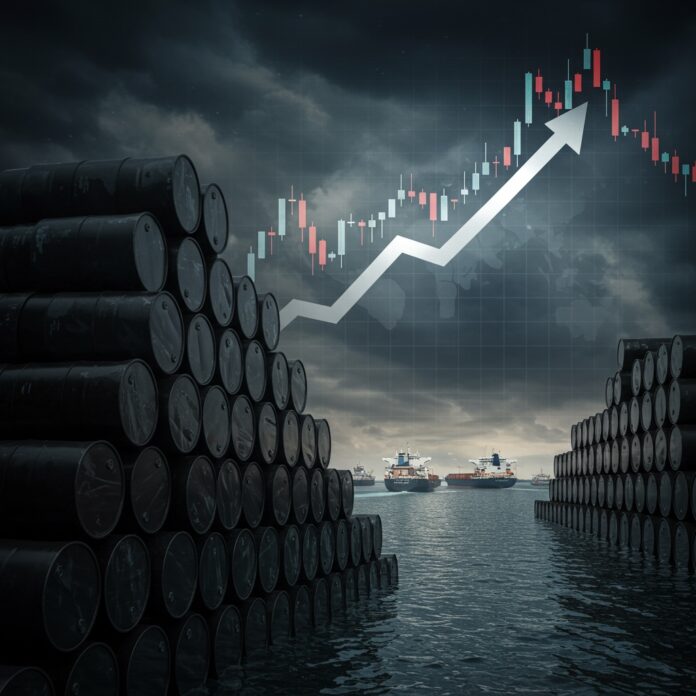Missiles Fly, Markets Shake: U.S. Braces for Fallout from Israel-Iran Clash
The Hidden Cost of War: How Israel’s Iran Attack Threatens the U.S. Economy
The recent Israeli attack on Iran immediately sent ripples through the global economy. The main worry? That things could escalate and mess with the world’s energy supply. Right away, markets reacted sharply: oil prices jumped, investors scrambled for safer assets, and stock markets took a hit.
The most obvious and immediate effect was the sudden spike in oil prices. Brent crude, the international benchmark, shot up significantly. This wasn’t a surprise – it reflected deep fears about potential supply disruptions in the Middle East, a region absolutely crucial for oil production. US oil prices also saw a big leap, with the single-day gains being the largest since March 2022. This jump in oil prices is a major red flag because it could easily push inflation back up, making life difficult for central banks like the Federal Reserve, which are already grappling with economic uncertainty. Higher energy prices could force central banks to be much more cautious about cutting interest rates. One consulting firm estimated that if the conflict somehow knocked Iranian oil off the market entirely, prices could jump by around $7.50 a barrel. And some analysts paint a much gloomier picture, suggesting that if the vital Strait of Hormuz oil route is affected, prices could even hit $100 or a staggering $130 a barrel in a worst-case scenario.
Certain industries felt the impact quickly. Shares in airlines and travel companies dropped as rising oil prices directly increase their fuel costs. On the flip side, defense contractors saw their stock prices climb.
Overall, the attack triggered a rush away from risk in financial markets. Investors got nervous and sought safety. US stocks across the board fell, including the Dow Jones Industrial Average, S&P 500, and Nasdaq Composite. As expected, gold, a classic safe haven asset, saw its price rise. The US dollar also gained strength against other currencies often considered safe havens, like the Swiss franc and Japanese yen.
But the biggest economic risk isn’t just the initial market jitters; it’s the potential for this conflict to spiral. Iran has promised to retaliate, and the possibility of a wider clash involving the US and other regional players is a major concern. A prolonged disruption to energy supplies from this region could seriously wound the global economy. That Strait of Hormuz? It’s a critical bottleneck for oil shipments, and if it were blocked, oil prices could skyrocket even higher than current fears suggest. If the US gets more deeply involved, it could lead to a much bigger and longer-lasting conflict.
The economic fallout wouldn’t stop at market reactions. A drawn-out conflict could trigger what’s called a “stagflationary shock” – think of it as the worst of both worlds: the economy slows down while prices keep climbing. This could leave consumers facing uncertain incomes and definitely paying more at the pump for petrol. This whole situation is unfolding on top of existing economic worries, like ongoing US trade policies and potential tariff hikes. If the conflict spreads across multiple fronts, it could cripple shipping and tourism, piling even more pressure onto economies.
In short, the economic risks tied to Israel’s attack on Iran are substantial. They mainly stem from the very real possibility of the conflict escalating and severely disrupting global energy supplies, which could easily lead to higher inflation, volatile markets, and slower economic growth worldwide.

